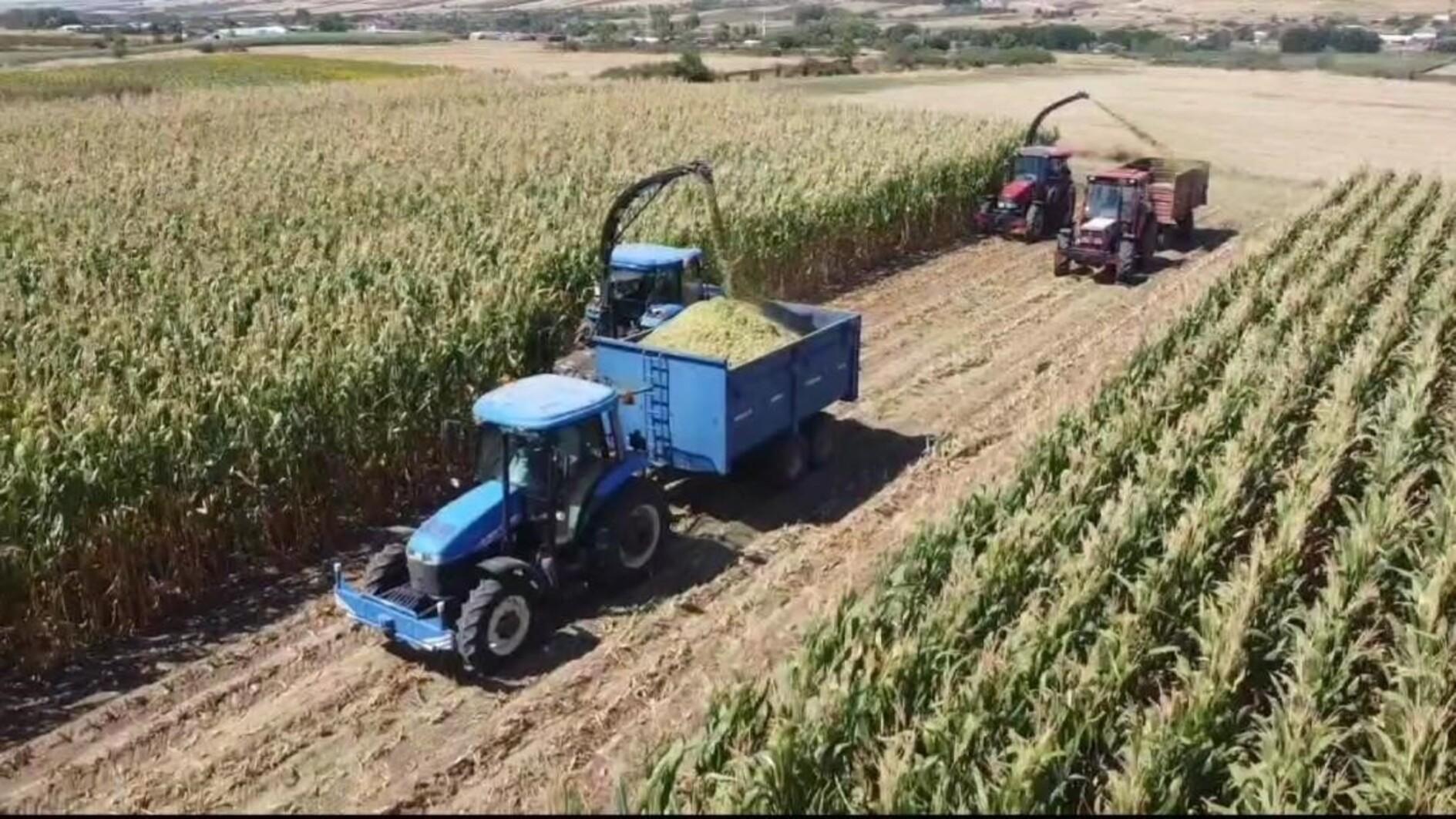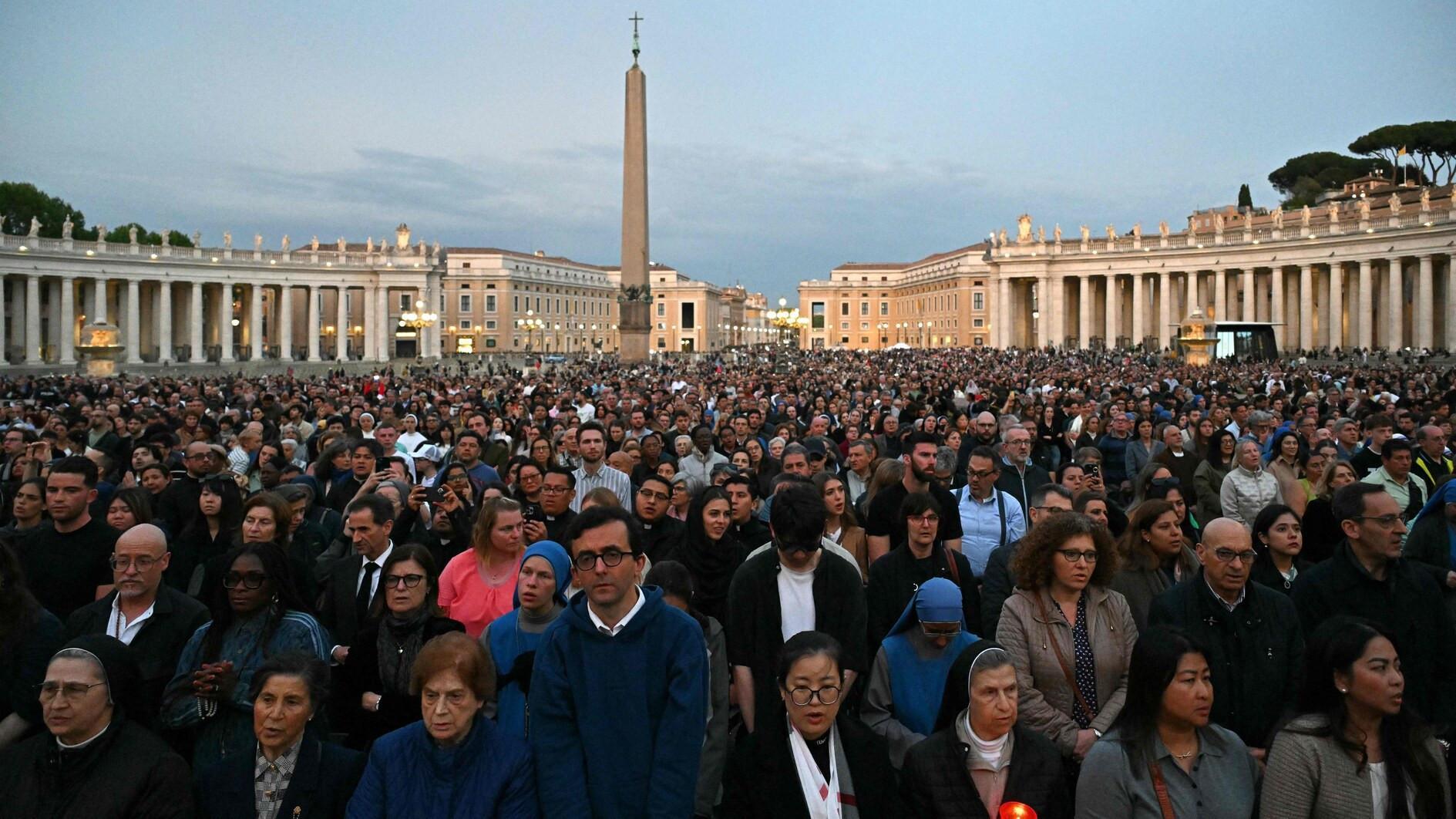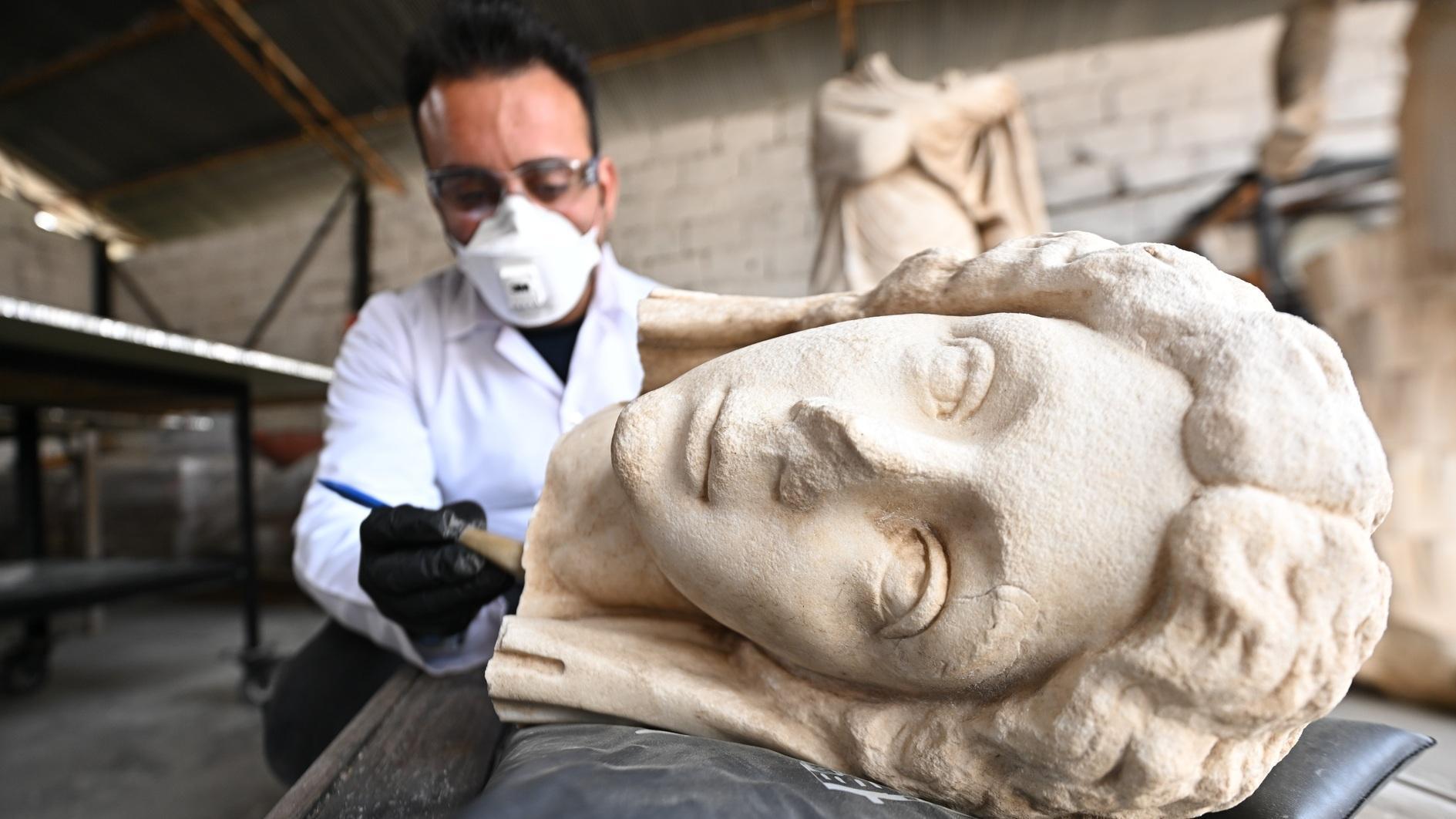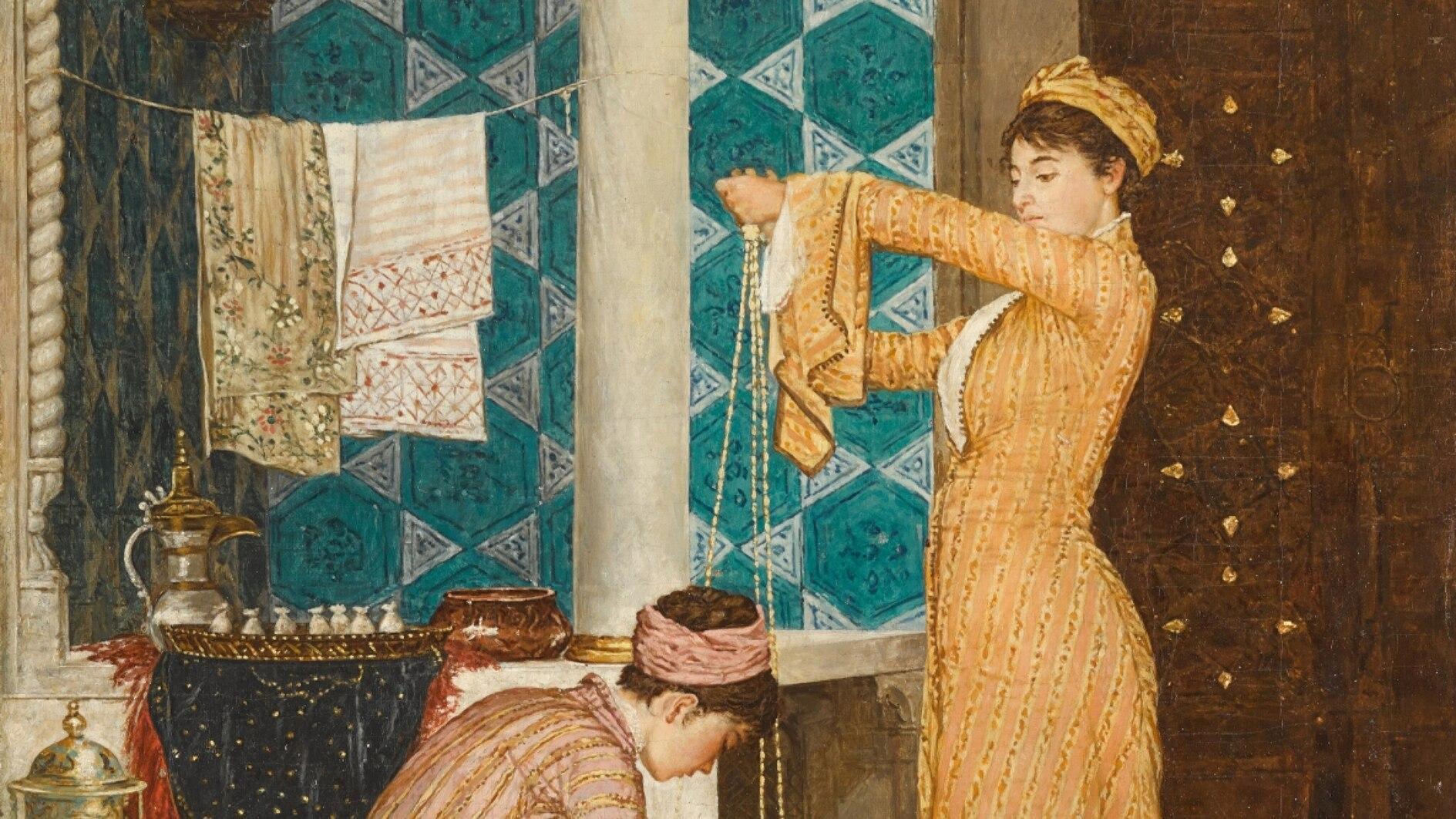Perge Stadium returns to its heyday
ANTAKYA – Anadolu Agency
 The Roman-era Perge Stadium, which has a capacity of 12,000 people, will be restored and returned to its old glorious days. Dating back to the 2nd century, the stadium in Antalya’s ancient Perge city is one of the largest ancient stadiums in Anatolia.
The Roman-era Perge Stadium, which has a capacity of 12,000 people, will be restored and returned to its old glorious days. Dating back to the 2nd century, the stadium in Antalya’s ancient Perge city is one of the largest ancient stadiums in Anatolia.Initiated by the Antalya Governor’s Office, some structures in the ancient city of Perge will undergo restoration, with a team of academics set to be formed to work on retrieving the stadium’s earlier conditions.
Antalya Director of Surveying and Monuments Cemil Karabayram said they have surveying and restitution projects for Perge, adding that they have the approval of the Antalya Regional Board.
He said the projects were given a budget. “This stadium has a capacity of 12,000 people. It is the second largest stadium and the first best protected-one in Anatolia. It is made of limestone. During the restoration, it will use all materials in the field,” he added.
He also said the sitting stones in the stadium will be protected during the restoration process, adding that each will be replaced in their original place and be given numbers.
“Most of the materials needed for the restoration are found in the region; they will be used,” he added.
Karabayram said the stadium will have enough capacity to host traditional plays and shows.
“The revival of the stadium will be a very important factor in the region. We have a budget of some 4 million Turkish Liras for the project. Works have been carried out by the Governor’s Office. Besides the stadium, the Perge Hellenistic Tower, the mosaic fields and the monumental tombs will also be handled,” he said.
The restoration work is scheduled to be finished in 2018.
“The project will be put out to tender in the coming days. We are coordinating with the Culture and Tourism Directorate and the Museums Directorate. We will open the stadium in the 2018-2019 year the latest,” he said.
Karabayram said all projects made for Perge will be reviewed in scrutiny by the team of academics.
“Such structures are always getting damaged because of seasonal conditions. They were affected by earthquakes and different weather conditions in the past. It is impossible to protect them without touching them or making any interventions. These are still being discussed, but very serious scientific study is being considered for the restoration,” he said.
















